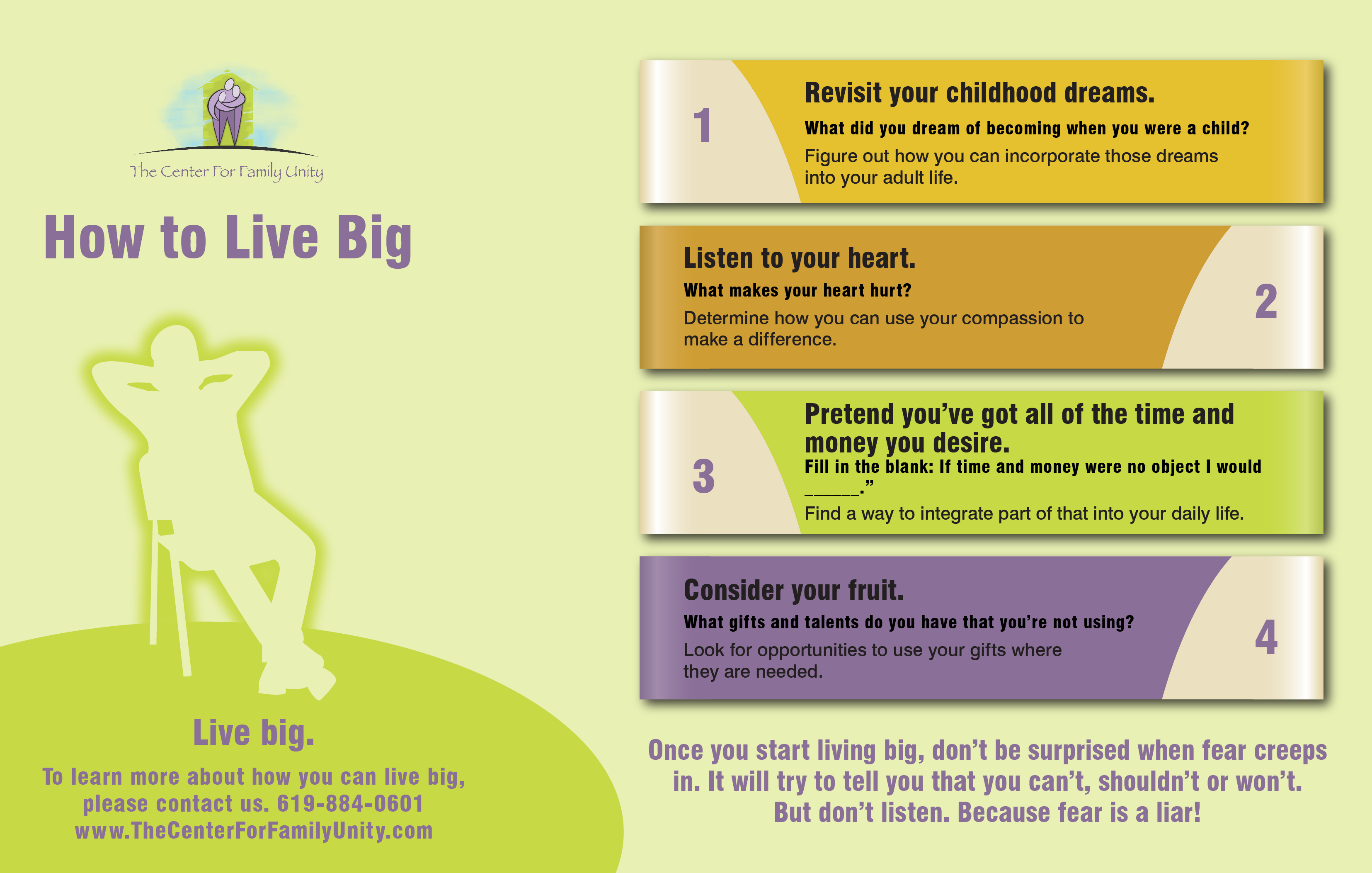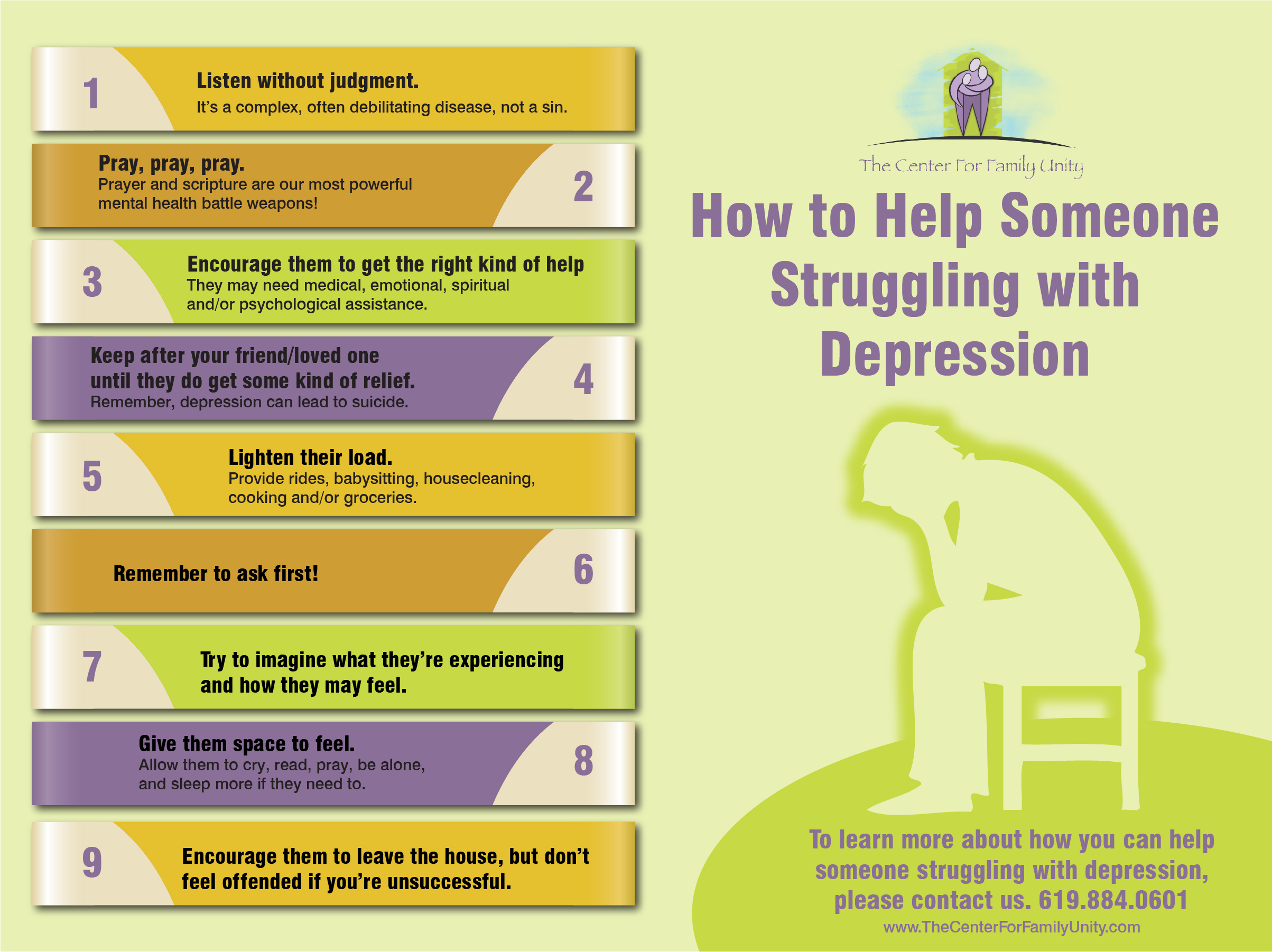How to Establish Healthy Communication with Your Ex and Your Children
Monitor Your Computer Time
10 Facts Every Stepmom Should Know
Top 10 Ways to Take a Break
Many business owners and employees think taking time off means squandering opportunities, losing business or wasting money. But, if it’s done right, taking time off can actually provide more energy, add a new perspective to old situations and increase effectiveness.
If you’re one of those people who don’t take all the time off you need, you’re not alone.
In 2006 Expedia reported that 36% of people polled don’t plan on using all their paid vacation days, and 37% never take more than a week off at a time. The Globe and Mail reports that in Japan a whopping 92% of workers never use their full 15 days of holidays.
Why Do We Need Breaks?
Taking breaks allows you to:
- Avoid burnout
- Find a fresh perspective
- Create space to generate new ideas
- Give yourself a pat on the back with a reward
- Improve your mental health
How to Give Yourself a Break
Since it can be a challenge to take time off, here are 10 strategies that can help:
1. Delegate. People are willing to help you achieve your respite from work. If you’re an employee, coworkers can cover your back — just make sure to give them and your boss enough notice. If you are an entrepreneur you likely have a support team in place to temporarily hand the reins.
2. Plan ahead. What stops many people from taking a break is money (or, more accurately, the lack of it). It’s difficult to enjoy time off when you’re worried about every nickel. This is why planning is critical. Set up an automatic withdrawal from your salary that goes directly into a high-interest savings account. It may surprise you how little you miss that money every month.
3. Go local. No money? The best things in life are free and often in your own backyard. Try a “staycation”: vacation at home. Visit a local farmers market, have a picnic, read your favorite author or swing in a hammock. The key here is to set boundaries around work (a closed door to your home office is an amazingly easy boundary to respect), so that you aren’t tempted to fire up the computer.
4. Work ahead. Working a couple of extra hours each week leading up to taking your break can provide a head start upon your return.
5. Organize. Organizing and de-cluttering the office space is a great idea. There’s nothing more discouraging than returning from your relaxing break to find a cluttered mess.
6. Use your points. Use points accumulated on your credit card or rewards program to reward yourself “free” of charge.
7. Let go. It can be tough to hear, but it’s true — most of us are not indispensable. Accepting that fact can actually be liberating and lift a weight off weary, overburdened shoulders.
8. Use a calendar. Marking off long weekends, holidays and vacation weeks for the entire year creates a road map of time off and work.
9. Plan for and take sick days. If you are your own boss, you may recall the “good ole” days of calling in sick (even if you weren’t). Now that you’re the boss, you never get sick, right? Of course you do. So plan for it. Decide how many sick days to give yourself and then record them, and keep track of them, on your calendar. That way you’re more likely to give yourself permission to take a break when you need it. Also, whether you are the boss or an employee, if you’re feeling under the weather, you are probably better off taking a sick day and staying in bed than pushing through when you’re not at your best.
10. Don’t rush it. Rushing off to the airport right out of the office is asking for stress. Finishing up that last bit of work before getting into rush-hour traffic shoots up anxiety levels when you should be winding down.
Whether you run a multimillion-dollar company or work for one, everyone needs regular breaks. Not taking time off is like not taking time to sleep—willpower and adrenaline only take you so far. There really is no excuse for not taking a break. In fact, it’s one of the best ways to help increase your value.
Would you like to learn more about how to integrate time for self-care into your busy life? Therapists at The Center For Family Unity would love to help you. For more information contact us at 619.884.0601
Couples Counseling San Diego
How to Live Big
Teenage Brains: Why Do They Act Like That?
If you’re raising a teenager, no doubt your mantra is “What were you thinking?” Teens aren’t known for making the best decisions. Or planning ahead. Or considering consequences. The list of patience-trying teen behaviors goes on and on. Here’s the good news. They’ll get over it. Here’s the startling news. When they say, “But, Mom, it isn’t my fault!” they may be partially right.
It’s their brains.
In terms of human development, the brain undergoes two periods of enormous growth: from birth to about age four, and then again from about ages 10 to 14. Dr. Jay Giedd, of the National Institute of Mental Health, says of the adolescent and teen years, “In many ways, it’s the most tumultuous time of brain development since coming out of the womb.”
Whereas an infant’s and toddler’s brain is literally growing, a teenager’s brain is remodeling itself, mostly by making and pruning connections. Instead of having a screw loose, as the old saying goes about someone who makes lousy decisions, teens—metaphorically speaking—have wires loose.
Up to this point, adolescents and teens have mostly been acting from their emotions (think limbic system) and pleasure-and-reward systems (think amygdala), which explains a lot about their behavior. Now, as they approach and go through puberty, they are preparing to become adults, and their brains know it. It’s time for the brain to rewire itself, adding millions of new connections between those emotional-impulsive behavioral centers and the frontal lobes, especially the prefrontal cortex.
This is the “executive” center of the brain, the area that is active when we rationally assess situations, consider the consequences of our and others’ actions, set priorities—generally all those things we expect our teens to know how to do but that their brains are not yet fully wired to do. The prefrontal cortex is the last area of the brain to be developed, and the rewiring will go on well into their 20s.
At the same time that all these new connections are forming, your teen’s brain is strengthening already existing connections and pruning less used ones. Whatever your teen is focusing on—sports, study, friendships or, conversely, zoning out in front of the TV or endlessly playing video games—gets reinforced by the brain. Those connective pathways that are not continually activated get pared away.
What’s crucial about this rewiring is that it influences the skills teens take with them into adulthood. To some extent the old adage “use it or lose it” holds true.
To be fair, this spurt of brain remodeling is not an excuse for a teen’s sometimes exasperating behavior. But it does provide parents insight into why teens think something is a great idea when you don’t, why they can’t seem to plan or organize when you think doing so is a no-brainer, why they act without considering consequences that you think are incredibly obvious. Simply put, at this point in their development, teen brains have problems separating what’s important from what’s not so important.
So how can you use this knowledge to your advantage?
Experts suggest strategies that include being clear in your instructions and guiding your teen with advice, but doing so with a soft touch. Your teen needs to “practice” being an adult without being punished for not yet being one. Cultivate the patience to allow them to make mistakes with their growing independence. They are learning to curb their impulses and mediate their emotions. They are learning reasoning, logic and analysis. Whether they show it or not, they will look to the adults in their lives—meaning you—as examples.
This is a trying time for many parents, for while teens might seem to be pushing you away as they “practice” being independent, they also will be secretly watching and learning from you since you are the most important adult in their life.
Would you like to learn more about how to parent your teenager well? Therapists at The Center For Family Unity would love to help you. For more information contact us at 619.884.0601
If you’re raising a teenager, no doubt your mantra is “What were you thinking?” Teens aren’t known for making the best decisions. Or planning ahead. Or considering consequences. The list of patience-trying teen behaviors goes on and on. Here’s the good news. They’ll get over it. Here’s the startling news. When they say, “But, Mom, it isn’t my fault!” they may be partially right.
It’s their brains.
In terms of human development, the brain undergoes two periods of enormous growth: from birth to about age four, and then again from about ages 10 to 14. Dr. Jay Giedd, of the National Institute of Mental Health, says of the adolescent and teen years, “In many ways, it’s the most tumultuous time of brain development since coming out of the womb.”
Whereas an infant’s and toddler’s brain is literally growing, a teenager’s brain is remodeling itself, mostly by making and pruning connections. Instead of having a screw loose, as the old saying goes about someone who makes lousy decisions, teens—metaphorically speaking—have wires loose.
Up to this point, adolescents and teens have mostly been acting from their emotions (think limbic system) and pleasure-and-reward systems (think amygdala), which explains a lot about their behavior. Now, as they approach and go through puberty, they are preparing to become adults, and their brains know it. It’s time for the brain to rewire itself, adding millions of new connections between those emotional-impulsive behavioral centers and the frontal lobes, especially the prefrontal cortex.
This is the “executive” center of the brain, the area that is active when we rationally assess situations, consider the consequences of our and others’ actions, set priorities—generally all those things we expect our teens to know how to do but that their brains are not yet fully wired to do. The prefrontal cortex is the last area of the brain to be developed, and the rewiring will go on well into their 20s.
At the same time that all these new connections are forming, your teen’s brain is strengthening already existing connections and pruning less used ones. Whatever your teen is focusing on—sports, study, friendships or, conversely, zoning out in front of the TV or endlessly playing video games—gets reinforced by the brain. Those connective pathways that are not continually activated get pared away.
What’s crucial about this rewiring is that it influences the skills teens take with them into adulthood. To some extent the old adage “use it or lose it” holds true.
To be fair, this spurt of brain remodeling is not an excuse for a teen’s sometimes exasperating behavior. But it does provide parents insight into why teens think something is a great idea when you don’t, why they can’t seem to plan or organize when you think doing so is a no-brainer, why they act without considering consequences that you think are incredibly obvious. Simply put, at this point in their development, teen brains have problems separating what’s important from what’s not so important.
So how can you use this knowledge to your advantage?
Experts suggest strategies that include being clear in your instructions and guiding your teen with advice, but doing so with a soft touch. Your teen needs to “practice” being an adult without being punished for not yet being one. Cultivate the patience to allow them to make mistakes with their growing independence. They are learning to curb their impulses and mediate their emotions. They are learning reasoning, logic and analysis. Whether they show it or not, they will look to the adults in their lives—meaning you—as examples.
This is a trying time for many parents, for while teens might seem to be pushing you away as they “practice” being independent, they also will be secretly watching and learning from you since you are the most important adult in their life.
Would you like to learn more about how to parent your teenager well? Therapists at The Center For Family Unity would love to help you. For more information contact us at 619.884.0601
How to Interrupt Negative Patterns
When unfavorable situations, actions and emotional conflicts happen again and again in your life—same scene, different characters—there’s a good chance you are in the presence of a negative “pattern.”
The good news is: you have the power to change these negative patterns. Here’s how to lay down new, more positive patterns:
Become aware.
No matter how entrenched a pattern seems, the act of noticing begins the shift away from damaging thoughts or behaviors. Put simply, you can’t change what you’re not aware of.
One way to become aware is to just sit with your thoughts and watch for the patterns. The goal here is to notice—that’s all.
In this step, focus your awareness on just the facts and feelings of the patterns. Don’t let your mind wander into the analysis of “why” you have them right now, for it will likely try to justify and defend the pattern. You can analyze later (see below). For now, just notice.
Also, ask people you trust to help you see the patterns. Our blind spots are called “blind” for a reason; we just don’t see them. But they’ll be clear as day to others.
Discover the hidden payoff.
As you become more aware of your negative patterns, you’ll see evidence that they are not serving you well. For example, your pattern of conflict with co-workers may have led to your being fired several times, and perhaps now your resume reflects that pattern, too.
The key to interrupting negative patterns is to understand this: we generally don’t keep repeating behaviors unless, on some level, we get something good out of them.
These hidden reasons are known as “payoffs,” and they either help you get more of something you want or avoid something you don’t want.
In the example above, the person in constant conflict with co-workers could be using the conflict to cover up deep insecurity with his/her work quality. The conflict, in effect, distracts from scrutiny.
Or the conflict could stem from uncensored outspokenness. The person may have an oppressive situation at home, and being excessively frank at work may allow him/her to feel powerful and self-expressed in at least one arena of life.
Look for (and create) positive patterns.
One of the best ways to disrupt the negative patterns that may be wreaking havoc with your life is to also study the positive patterns in your life. For these can be “grafted” onto your negative patterns with great success.
For example, you can utilize the discipline you’ve always had around working out regularly to stop using credit to finance your lifestyle.
Consider your negative patterns as the pipes to your backyard pond that are old and clogged with mineral build-up. Laying new pipes (positive patterns) is likely the easiest, quickest and most effective way to set yourself up for success moving forward.
Would you like to learn more about how to put an end to your negative patterns? Therapists at The Center For Family Unity would love to help you. For more information contact us at 619.884.0601.












